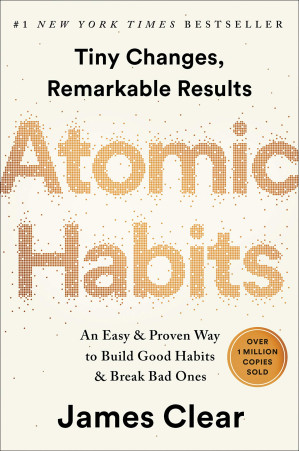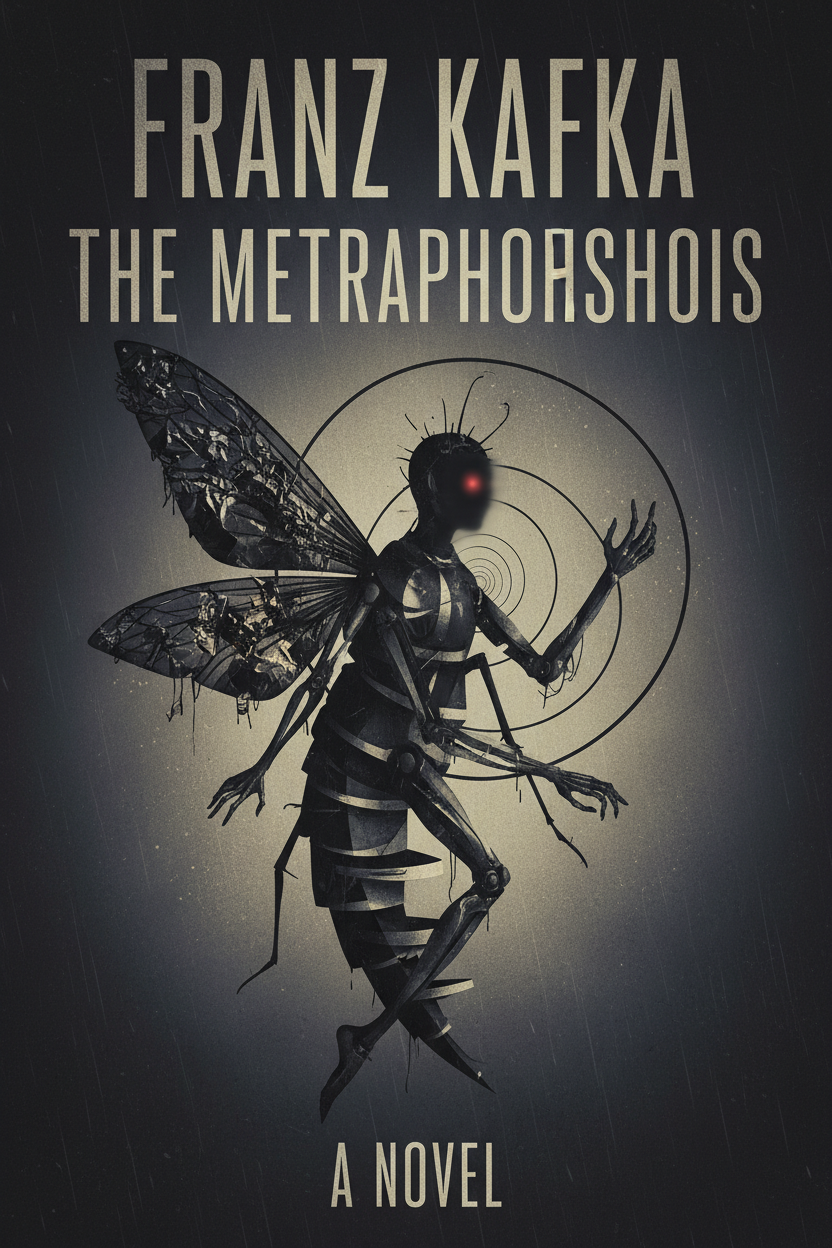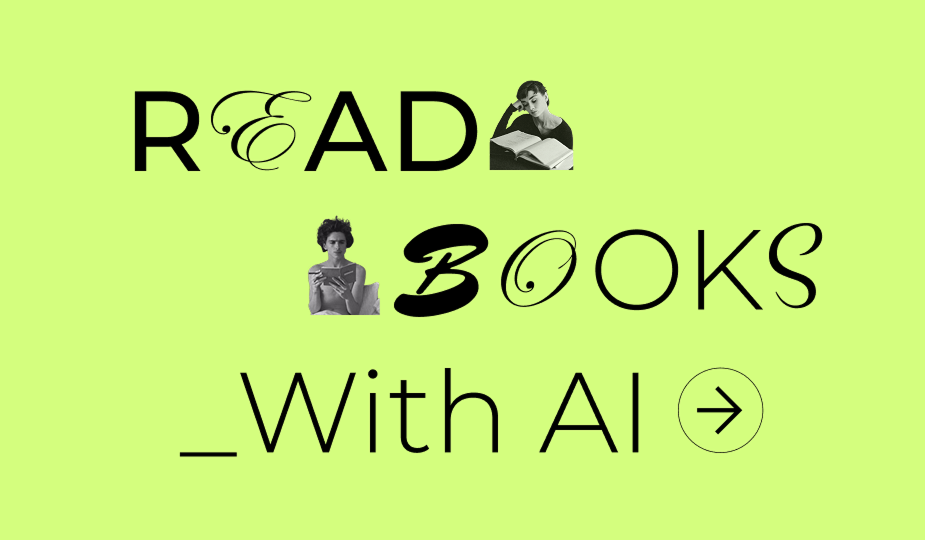🎯 Want a Stephen King starter shelf with AI-guided context before you crack the spine?
Read King for FREE at readever.app – preload the exact editions featured below, then let Readever layer context, map characters, and sync reflections across every device.
Ascending the King Mountain
Stephen King is more than an author—he’s a living landmark whose bibliography stretches across horror, suspense, crime, fantasy, and science fiction. With more than sixty novels and roughly two hundred short stories in play, choosing a first step can feel like staring up a mountain range with no trail markers. Think of this guide as your literary sherpa: it maps multiple ascent routes, matches them to your tastes, and keeps you oriented with a Constant Reader’s handbook so every page feels purposeful.

Part I: Pick Your First Path into King’s Dominion
Pathway 1 – The Traditionalist’s Route (Classic Supernatural Horror)
Start with 'Salem's Lot for the quintessential King experience: small-town Maine, a writer protagonist, and a slow-burning vampiric dread. Want the bleakest plunge afterward? Pet Sematary weaponizes grief and resurrection into one of King’s most haunting standalones.
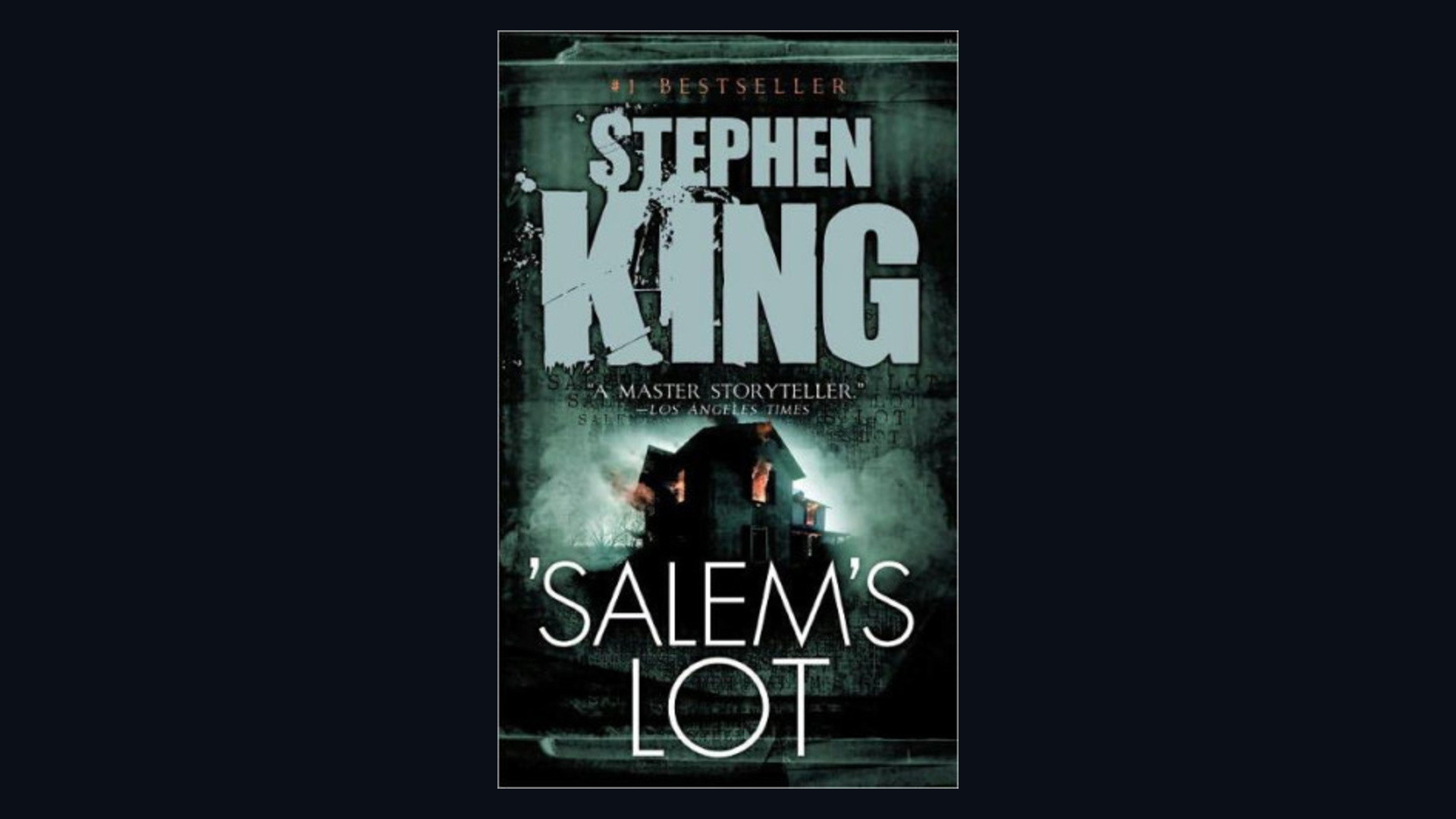

Pathway 2 – The Mind Games (Psychological Suspense)
Prefer human monsters? Misery is a masterclass in claustrophobic obsession. If you want psychological torment amplified by the supernatural, graduate to The Shining and watch the Overlook Hotel weaponize addiction, rage, and isolation.

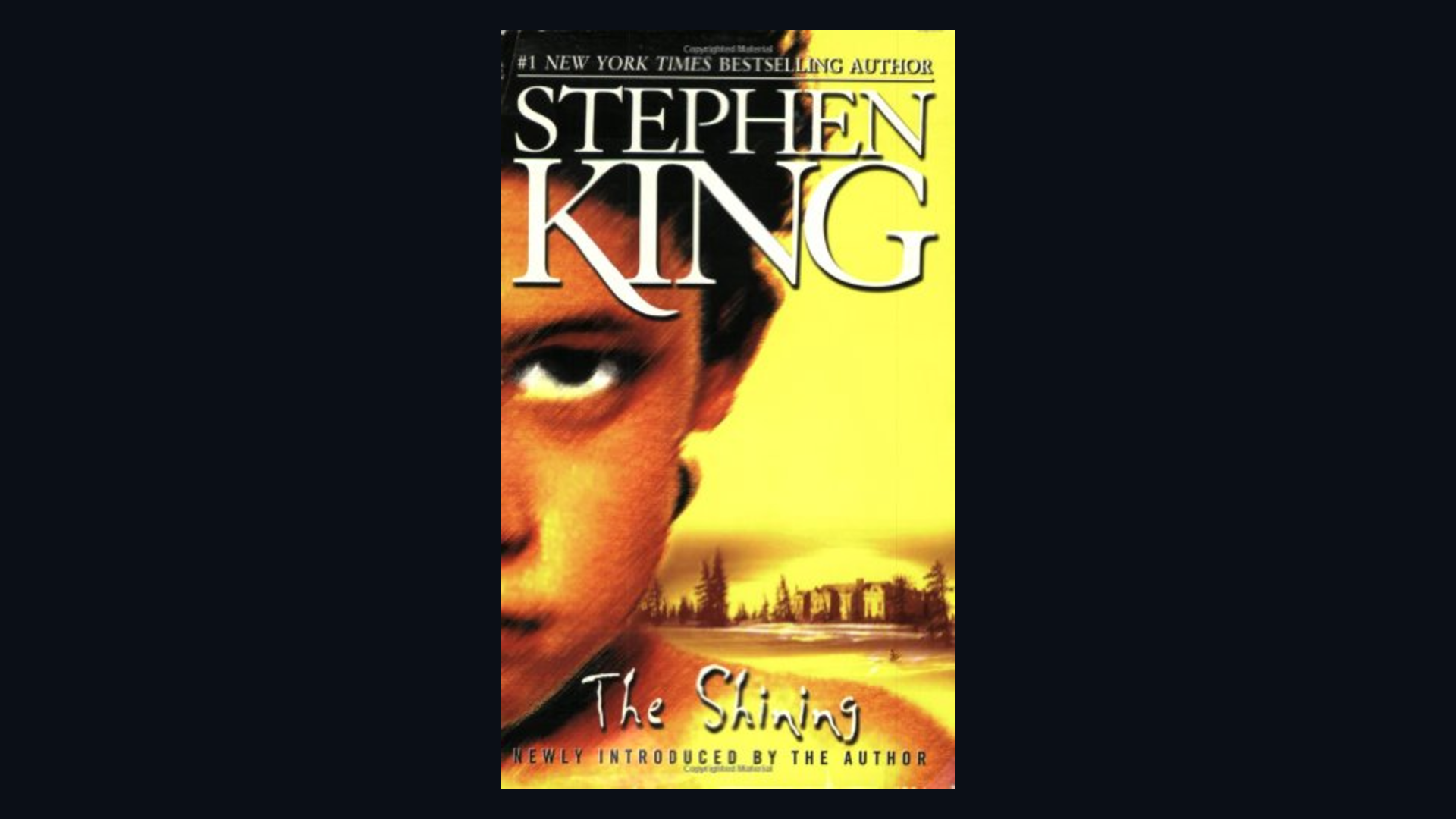
Pathway 3 – The Genre Explorer (Beyond the Macabre)
Curious about King’s storytelling muscle outside horror? 11/22/63 blends time travel, historical fiction, and romance into an emotionally seismic epic. For a shorter, heart-forward punch, The Green Mile delivers soulful magical realism on Depression-era death row.

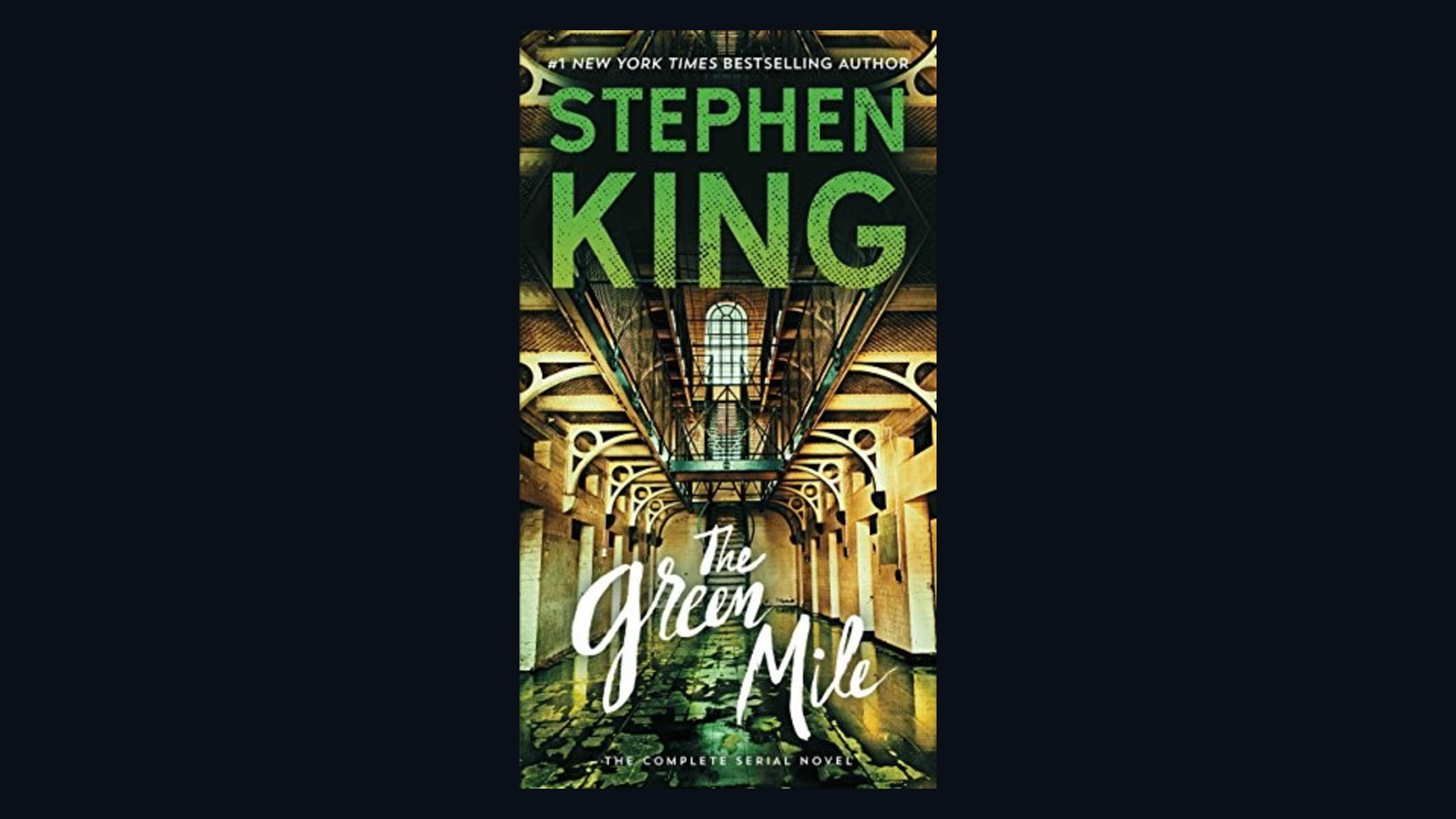
Pathway 4 – The Sampler Platter (Novellas & Shorts)
Short on time? Different Seasons houses four long-form gems—including the source material for The Shawshank Redemption and Stand by Me. Want bite-sized chills? Night Shift is a jukebox of early-career mayhem, from “Children of the Corn” to “The Lawnmower Man.”
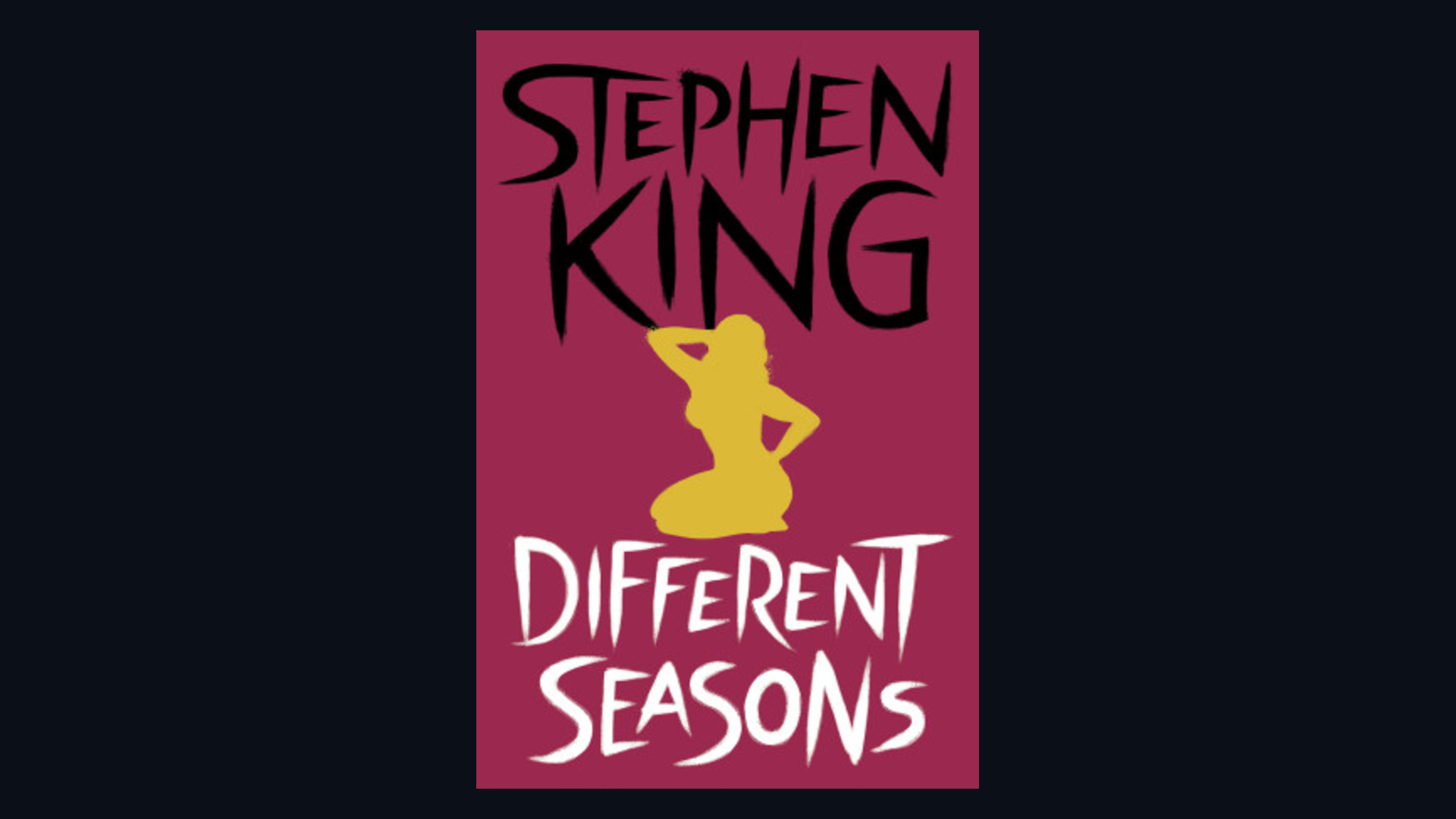
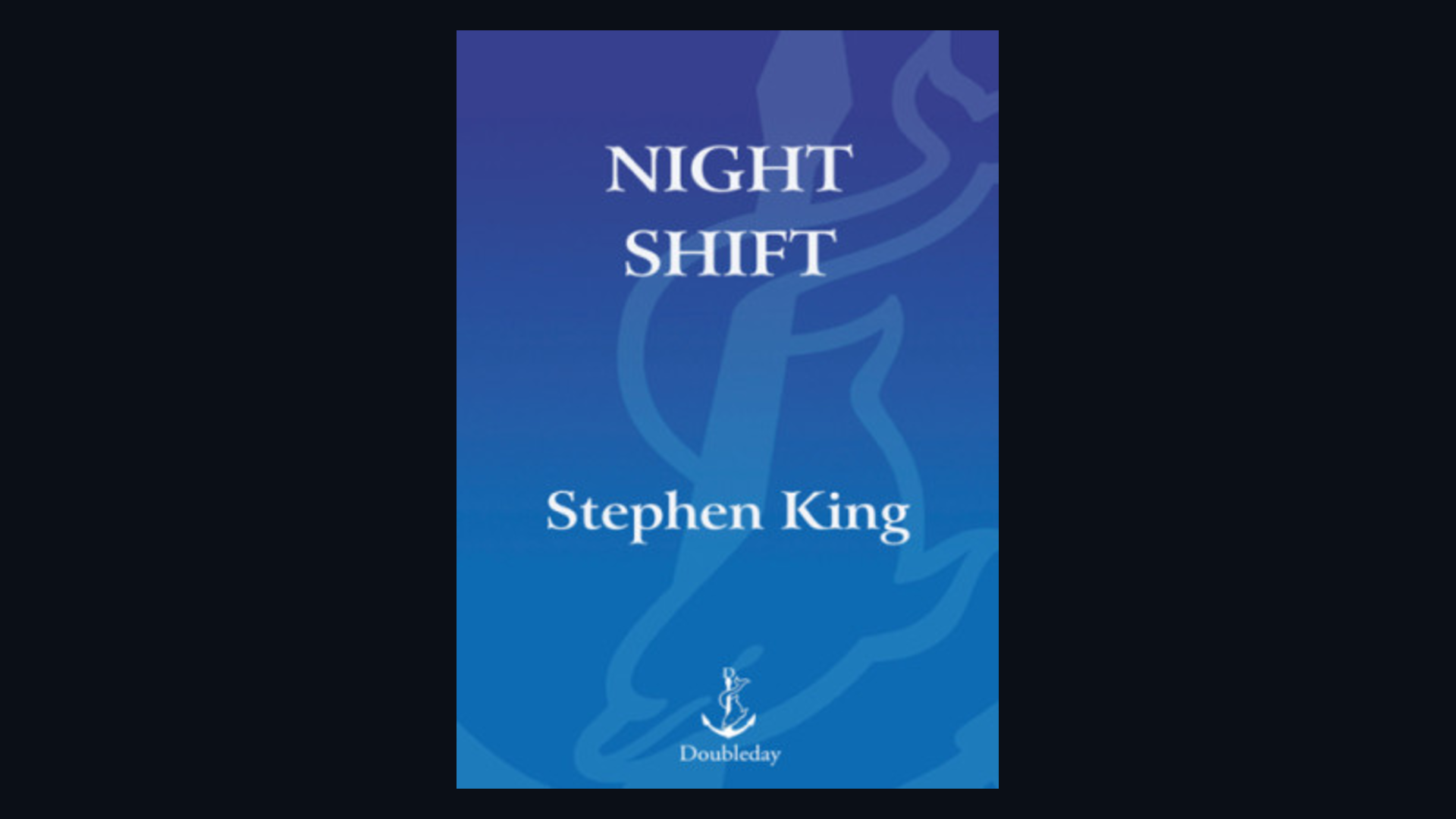
✨ Need your path laid out in a reading schedule with auto-reminders?
Unlock the King Roadmap in Readever – preload your route, sync progress, and get historical notes the moment you hit each milestone.
Part II: The Constant Reader’s Handbook (10 Things to Know)
- Maine is the mythic map. Castle Rock, Derry, and Jerusalem’s Lot are living characters—microcosms where small-town Americana curdles into cosmic dread.
- The “Big Mac” prose has literary nutrition. King’s plainspoken voice hides expert pacing, immersive detail, and a relentless focus on character-first storytelling.
- Childhood magic matters. The Losers’ Club in IT and the boys in “The Body” show how loyalty, belief, and the “shine” of youth can fight horrors adults fail to see.
- Meet Richard Bachman. King’s pseudonym let him publish darker, bleaker tales like The Long Walk, proving he wasn’t just a brand—it was an experiment in anonymity.
- The multiverse is real. The eight-volume Dark Tower saga anchors crossovers; figures like Randall Flagg or Father Callahan wander between novels because “there are other worlds than these.”
- The human heart is the true monster (and hero). Ghosts and ghouls are metaphors for grief, addiction, abuse, and moral rot. The horror sharpens the humanity.
- Adaptations are alternate realities. Love Kubrick’s film? Great. Just know The Shining the novel is a tragedy about love, addiction, and redemption—not simply a maze of ambiguity.
- Writers are his avatars. From Ben Mears to Paul Sheldon, King uses author protagonists to interrogate the act of creation, obsession, and the cost of storytelling itself.
- Start with a sprint before the marathon. Shorter novels like Carrie or Misery build confidence before you tackle epics like The Stand or IT.
- King is a Constant Reader too. His fiction is a love letter to Dracula, Matheson, Bradbury, and the pulps. Dive into his nonfiction Danse Macabre and you’ll find the genre syllabus he used to build his empire.
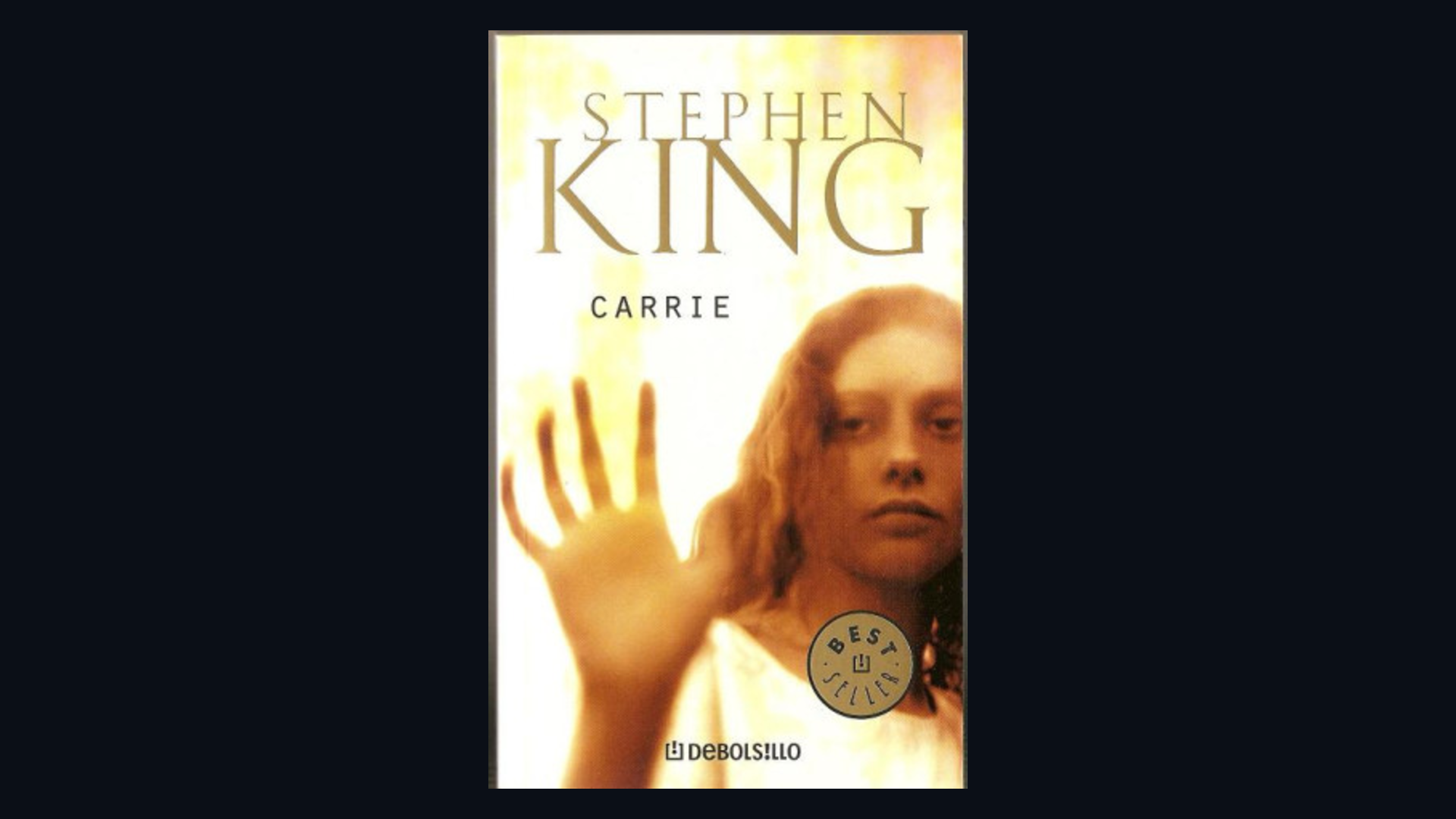
Part III: From Constant Reader to Ka-tet
King’s multiverse rewards the curious. Use Readever’s cross-book tagging to spot when the “shine” appears outside Doctor Sleep, or when a minor shop in Derry resurfaces in 11/22/63. Keep a reading journal, log each Easter egg, and watch how the threads weave into a grand tapestry anchored by the ka-tet (the fellowship) at the heart of The Dark Tower.
🚀 Ready to become part of the ka-tet?
Start your Constant Reader journey – Readever remembers every annotation, links callbacks across volumes, and keeps your ka-tet connected even when the printer’s devil tries to throw you off the path.
Welcome to the fellowship of Constant Readers. Welcome to the ka-tet.
